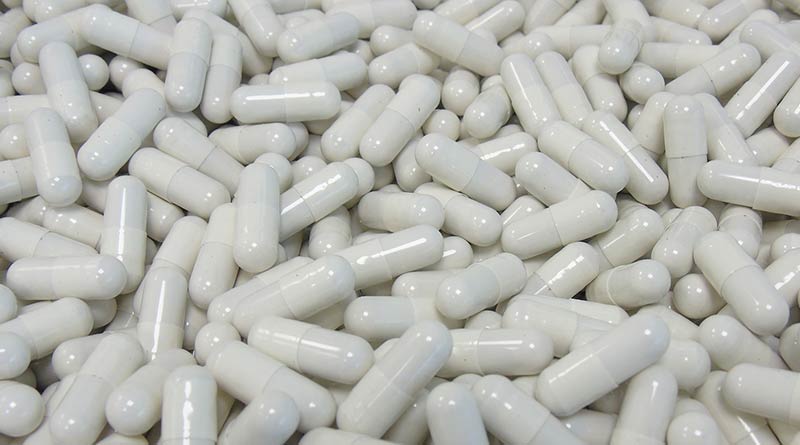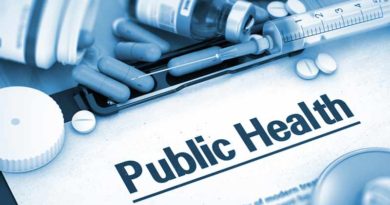COVID-19 & Vitamin D

Executive summary
Please login to view this content
Introduction
Just as papers are being published rapidly on COVID-19, so interest diverts rapidly from one topic to another. One current subject of interest is Vitamin D, so let’s look at the evidence on vitamin D in relation to COVID-19. We should make it clear up front that, as of today, there is no evidence that anything can prevent COVID-19 and no evidence that anything can cure it. Vaccines are in development and possible treatments are being trialled, but we know of nothing that can prevent or cure COVID-19. When exploring the evidence for vitamin D, therefore, we are looking for evidence that it might help – that, for example, it might reduce the severity of COVID-19 if someone gets it.
Vitamin D
There are a number of compounds in the group of D vitamins. Keeping things as simple as possible, vitamin D is a fat soluble vitamin found in some foods (oily fish, eggs and dairy products are the main sources of vitamin D3 – the form that we need). Vitamin D is also produced when ultraviolet rays from sunlight strike the skin and trigger vitamin D synthesis. Vitamin D from food, supplements and sunshine is inert and must undergo two processes (hydroxylations) in the body for activation. The first occurs in the liver; the second occurs in the kidneys. The active compound that we end up with is called 1,25-dihydroxyvitamin D(3) (among other names). This is also known as calcitriol and is a hormone, which is why vitamin D is also called a hormone.
Serum (blood) concentration of 25(OH)D is the best indicator of vitamin D status. This is reported in both nanomoles per liter (nmol/L) and nanograms per milliliter (ng/ml). There is no universally agreed intake of vitamin D and there is no universally agreed level of sufficiency or deficiency. I’ll use the UK and US as examples…
In July 2016, the UK Scientific Advisory Committee on Nutrition (SACN) increased the UK vitamin D intake recommendations (from 5mcg to 10mcg daily) (Ref 1). It recommended that everyone over the age of one should consume 10mcg (400iu) of vitamin D daily. Given that the UK doesn’t have sufficient sun for much of the year and given that almost 200g of sardines would need to be consumed daily to get 10mcg of vitamin D, this target will likely require a supplement to be taken. The UK National Institute for Care and Health Excellence (NICE, the guideline setting body) recommends treatment for vitamin D deficiency at 25(OH)D levels below 25 nmol/L. NICE recommends treatment for vitamin D insufficiency at 25(OH)D levels in the range of 25-50 nmol/L (Ref 2).
The US recommends an intake of 15mcg (600iu) daily from the age of one (Ref 3). The US defines vitamin D deficiency as below 30 nmol/L (<12 ng/ml). The US defines vitamin D insufficiency as 30 to <50 nmol/L (12 to <20 ng/ml). The US considers ≥50 nmol/L (≥20 ng/ml) to be adequate for health.
Peer-reviewed evidence on COVID-19 & vitamin D
The rest of this article is available to site subscribers, who get access to all articles plus a weekly newsletter.
To continue reading, please login below or sign up for a subscription. Thank you.




